Lima Beans Overview
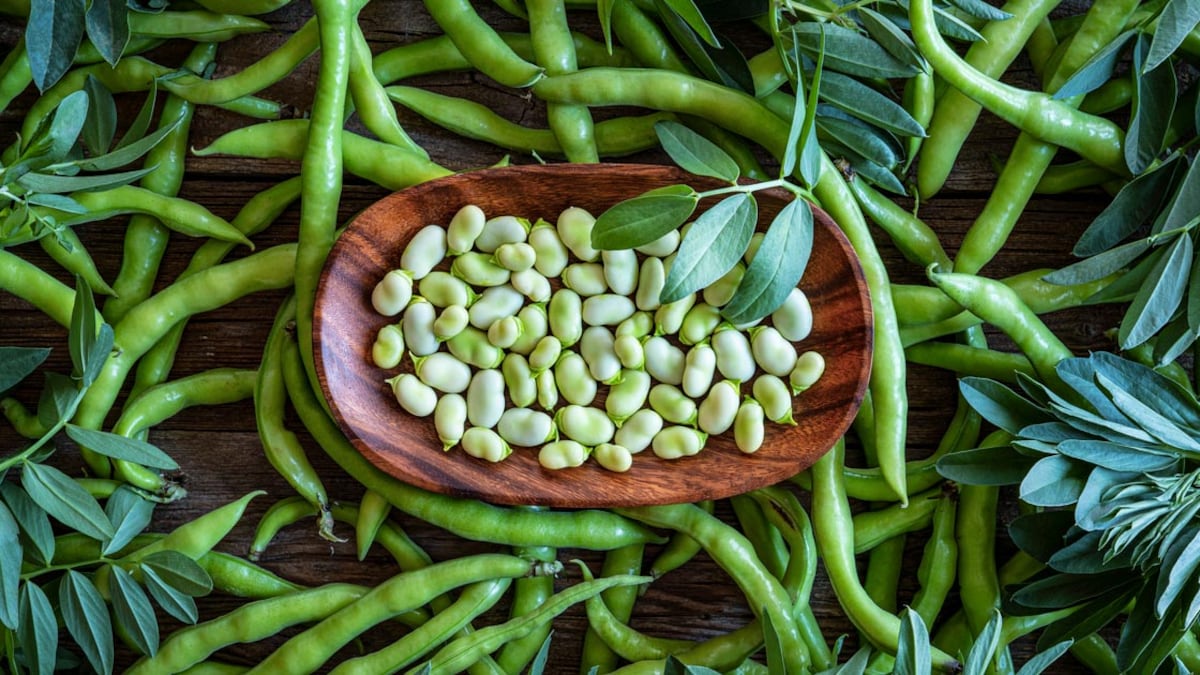
Lima beans, also known as butter beans, are a type of legume that are loved for their creamy texture and mild flavor. These beans are rich in essential nutrients, including fiber, protein, and folate. They offer a range of health benefits, such as promoting digestive health and supporting healthy blood sugar levels. Lima beans are incredibly versatile and can be used in a variety of dishes, including soups, stews, salads, and side dishes. They are a popular choice for vegetarian and vegan diets due to their high protein content. So, whether you’re looking for a nutritious addition to your meals or a meat alternative, Lima beans are a fantastic option.
1 Lima Beans Nutritional Value And Health Benefits
Lima beans are packed with nutritional value and offer numerous health benefits. They are a great source of dietary fiber, which aids in digestion and promotes bowel regularity. Lima beans are also rich in protein, making them an excellent choice for vegetarians and vegans. Additionally, they contain essential vitamins and minerals such as iron, potassium, and magnesium. These nutrients contribute to healthy blood pressure levels and support proper muscle function. Moreover, Lima beans are low in fat and cholesterol, making them a heart-healthy option. Adding Lima beans to your diet can help support overall health and well-being.
2 Lima Beans Culinary Uses And Versatility
Lima beans are incredibly versatile in the kitchen, making them a staple in many recipes. They can be used in soups, stews, salads, and side dishes. Lima beans can also be pureed and used as a creamy base for sauces or dips. They are a popular addition to vegetarian and vegan dishes, as they provide a substantial source of protein. Lima beans can be seasoned with various herbs and spices to enhance their flavor. Furthermore, they can be paired with other vegetables, grains, and proteins to create delicious and nutritious meals. From comforting comfort foods to healthy and vibrant dishes, Lima beans can elevate any recipe.
Fava Beans Overview
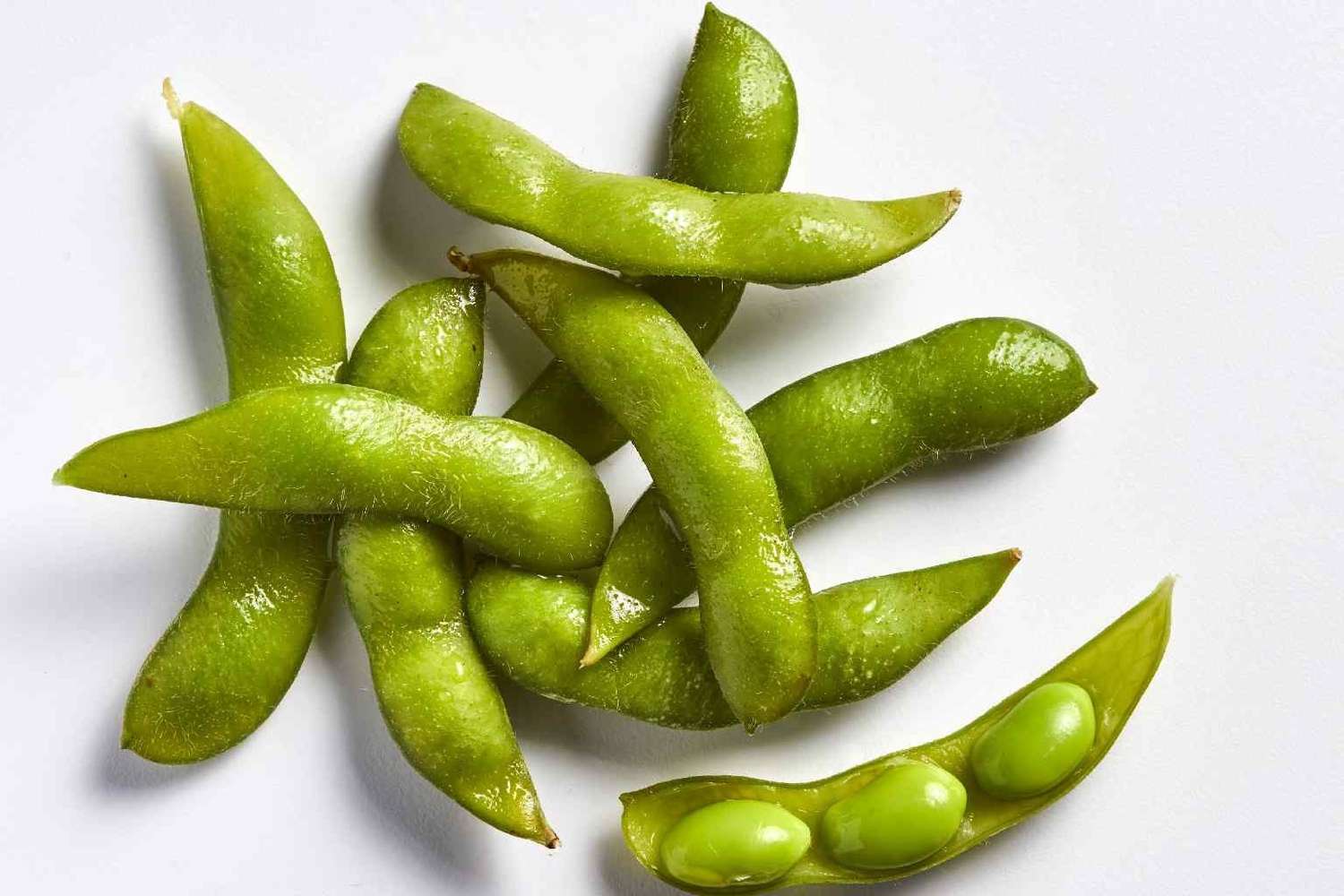
Fava beans, also known as broad beans, are a popular legume with a rich history in Mediterranean and Middle Eastern cuisines. These large, flat beans have a distinct earthy flavor and a creamy texture that sets them apart from other legumes. Fava beans are an excellent source of protein, fiber, and essential nutrients such as folate, manganese, and iron. They are often used in traditional dishes like falafel, ful medames, and pasta e fava. Fava beans can also be made into spreads, added to salads, or simply enjoyed as a flavorful side dish. With their versatile nature and unique taste, fava beans are a fantastic addition to any culinary repertoire.
1 Fava Beans Nutritional Content And Health Benefits
Fava beans are packed with essential nutrients that contribute to overall health and well-being. These beans are an excellent source of protein, providing about 13 grams per cooked cup. They are also rich in fiber, with around 9 grams per cup. Fava beans are a good source of folate, a B-vitamin that is important for cell growth and development. Additionally, they contain manganese, iron, and magnesium, which play crucial roles in maintaining healthy bones and muscles. Consuming fava beans can support digestive health, promote cardiovascular health, and aid in weight management.
2 Fava Beans Culinary Uses And Taste Profile
Fava beans are a versatile ingredient that can be incorporated into a variety of dishes. They are commonly used in Mediterranean and Middle Eastern cuisines. Fava beans can be boiled, steamed, roasted, or pureed to create different textures and flavors. They are often featured in soups, stews, salads, and pasta dishes. Fava beans have a distinct earthy and nutty flavor that pairs well with herbs, garlic, lemon, and olive oil. Their creamy texture makes them a perfect addition to dips and spreads. Whether enjoyed as a standalone dish or as a flavorful ingredient, fava beans offer a unique and delicious taste to any culinary creation.
Lima Beans Vs Fava Beans: Appearance And Texture
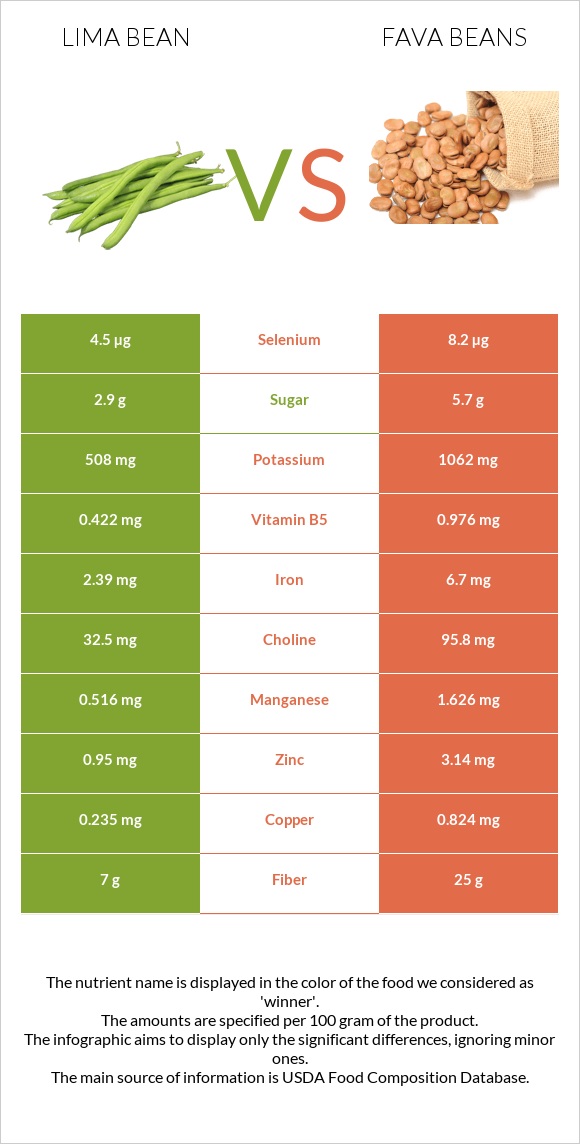
When it comes to appearance and texture, there are noticeable differences between Lima beans and Fava beans. Fava beans are larger in size, measuring around 1-2 inches in length, while Lima beans are smaller, usually about 1/2 an inch long. In terms of shape, Fava beans have a round oval shape, whereas Lima beans are flat and disk-shaped. The texture of Fava beans is smoother due to their thinner skin, which breaks down easily when cooked. On the other hand, Lima beans have a thicker skin, giving them a heartier texture.
1 Lima Beans Physical Appearance And Texture
Lima beans, also known as butter beans, have a distinct physical appearance and texture. These beans are small, with a flat, disk-shaped form. They have a pale green or cream-colored skin that encases their creamy flesh. When cooked, Lima beans maintain their distinctive shape and have a slightly starchy texture. The skin of Lima beans is thicker compared to other beans, giving them a more substantial and denser bite. This unique texture adds a satisfying mouthfeel to various dishes, making Lima beans a versatile ingredient in different cuisines.
2 Fava Beans Physical Appearance And Texture Comparison
Fava beans, also known as broad beans, have a distinct physical appearance and texture that sets them apart from lima beans. Fava beans are larger in size, measuring about 1-2 inches in length, compared to lima beans, which are typically only about 1/2 an inch long. Unlike lima beans, fava beans have a round, oval shape. In terms of texture, fava beans have a smoother and creamier texture due to their thinner skin, which breaks down more easily when cooked. This makes fava beans a popular choice for purees, soups, and dips.
Lima Beans Vs Fava Beans: Flavor Profile And Cooking Methods
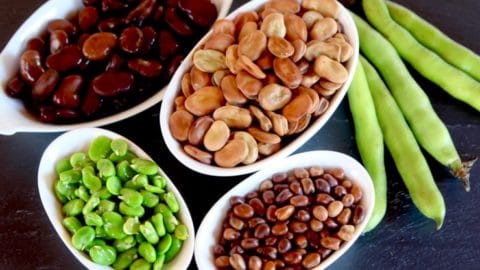
Lima beans and fava beans have distinct flavor profiles and different cooking methods. Lima beans have a mild and slightly buttery taste, making them versatile for a variety of dishes. They can be boiled, steamed, or baked and are often used in soups, stews, and casseroles. On the other hand, fava beans have a rich, nutty flavor that pairs well with herbs and spices. They are commonly used in Mediterranean cuisine and can be sautéed, roasted, or pureed for dips and spreads. Both beans offer unique flavors and can be prepared in various ways to suit different taste preferences.
1 Lima Beans Flavor Profile And Cooking Methods
Lima beans have a mild and slightly buttery flavor profile, making them a versatile ingredient for various dishes. They have a creamy texture when cooked, which adds a smooth and satisfying element to recipes. Lima beans can be boiled, steamed, or baked, depending on the desired texture and recipe. They are commonly used in soups, stews, and casseroles, where their mild flavor blends well with other ingredients. Lima beans can also be mashed or pureed to create a creamy base for dips or spreads. The cooking methods for lima beans allow for their flavor to shine through while maintaining a soft and creamy texture.
2 Fava Beans Flavor Profile And Cooking Methods Comparison
Fava beans are known for their rich, earthy flavor profile. They have a slightly bitter taste, which can be compared to a mix of peas and mushrooms. Fava beans also have a creamy texture when cooked, but they are slightly firmer compared to lima beans.
In terms of cooking methods, fava beans can be boiled, steamed, or sautéed. They are commonly used in Mediterranean and Middle Eastern cuisines, where they are often pureed into dips like hummus or added to salads and stews. Fava beans can also be roasted for a delicious and crunchy snack. Overall, the flavor and cooking methods of fava beans offer a unique and flavorful addition to various dishes.
Nutritional Comparison: Lima Beans Vs Fava Beans
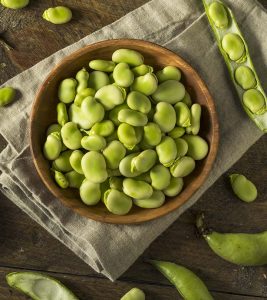
Lima beans and fava beans both offer impressive nutritional profiles, but there are some differences between the two. In terms of vitamin content, lima beans are richer in vitamins B1, B5, and B6, while fava beans are higher in vitamins B2 and folate. Fava beans also have higher protein content compared to lima beans, with approximately 3.82 times more protein per 100g. Additionally, fava beans have a slightly lower glycemic index and less saturated fatty acids compared to lima beans. When considering the nutritional aspect, it is important to choose the bean that aligns with your specific dietary needs and preferences.
1 Nutrient Content In Lima Beans
Lima beans are packed with essential nutrients that contribute to a well-rounded diet. They are particularly rich in vitamins B1, B5, and B6, which play a crucial role in energy production and brain function. These beans are also a great source of dietary fiber, offering about 13 grams per cooked cup. Additionally, lima beans provide a good amount of protein, with approximately 15 grams per cup. They are also a good source of minerals such as potassium, magnesium, and iron, which are vital for maintaining healthy bodily functions. Adding lima beans to your meals can help boost your nutrient intake and support your overall health.
2 Nutrient Content In Fava Beans And Comparison
Fava beans are also incredibly nutritious and offer a range of health benefits. A cup of cooked fava beans contains about 187 calories, making them slightly lower in calories compared to lima beans. They are an excellent source of dietary fiber, providing around 9 grams per cup. Fava beans are rich in essential vitamins and minerals such as folate, magnesium, and manganese. They also contain a good amount of protein, with approximately 13 grams per cup. When comparing the nutrient content, fava beans have a slightly higher protein and fiber content compared to lima beans, while lima beans have a slight advantage in terms of iron and potassium. Adding either of these legumes to your diet can contribute to a well-rounded nutrient intake.
Conclusion

In conclusion, both Lima beans and Fava beans offer a range of health benefits and can be incorporated into a variety of dishes. Lima beans are known for their creamy texture and subtle flavor, while Fava beans have a buttery taste and smooth texture. In terms of nutritional content, Lima beans are higher in iron and potassium, while Fava beans have slightly more protein and fiber. Ultimately, the choice between Lima beans and Fava beans depends on personal preference and dietary needs. Adding either of these legumes to your diet can contribute to a well-rounded nutrient intake and enhance the overall flavor and texture of your meals.
1 Key Differences Between Lima Beans And Fava Beans
Lima beans and fava beans may share some similarities, but they also have key differences that set them apart. The most noticeable difference lies in their taste profiles. Lima beans have a mild flavor with subtle nutty and sweet undertones. On the other hand, fava beans offer a rich and buttery taste. Additionally, their textures differ. Fava beans have a smoother texture due to their thinner skin, while Lima beans have a heartier texture with a thicker skin. These variations in taste and texture provide unique culinary experiences when incorporating these legumes into dishes.
2 Choosing The Right Bean For Your Recipes Or Dietary Needs
When it comes to choosing between lima beans and fava beans for your recipes or dietary needs, there are a few factors to consider.
If you’re looking for a milder flavor and a heartier texture that can easily blend into soups, stews, or casseroles, lima beans are a great option. They also have a higher protein content, making them suitable for vegetarian or plant-based diets.
On the other hand, if you prefer a rich, buttery taste and a smoother texture, fava beans are the way to go. They work well in Mediterranean dishes like salads, dips, or even as a standalone side dish.
Ultimately, the choice between lima beans and fava beans depends on your personal preference, the flavor profile you’re aiming for, and the specific dietary needs of your recipe. So experiment with both and discover which bean best suits your culinary creations.
FAQ About Legume Face-off: Lima Beans Vs Fava Beans
Q: What are Lima beans?
A: Lima beans are flat, green, edible beans that are also known as butter beans due to their buttery texture and flavor.
Q: What are Fava beans?
A: Fava beans, also known as broad beans, are large, flat, green beans with a slightly sweet and earthy flavor.
Q: How do Lima beans and Fava beans differ in taste?
A: Lima beans have a buttery and slightly starchy taste, whereas Fava beans have a nutty and slightly sweet flavor.
Q: What are the nutritional differences between Lima beans and Fava beans?
A: Lima beans are higher in protein and fiber content, while Fava beans are rich in vitamins and minerals such as folate, manganese, and potassium.
Q: How should Lima beans and Fava beans be prepared and cooked?
A: Lima beans are often boiled or steamed, while Fava beans are commonly blanched and peeled before cooking to remove the tough outer skin.
Q: Can Lima beans and Fava beans be used interchangeably in recipes?
A: While both beans can be used in similar dishes, their distinct flavors and textures may not always make them perfect substitutes for each other.

The Finer Diner has a rich history deeply rooted in the Mt. Oliver and Hilltop community. Our journey began with a simple yet ambitious vision – to create a welcoming space where friends and families could come together to enjoy delicious, comforting meals in a classic diner-style setting. Since our establishment, we have been dedicated to serving food, creating lasting memories, and fostering a sense of belonging within our community. Our commitment to quality, authenticity, and exceptional service has been the cornerstone of our success.